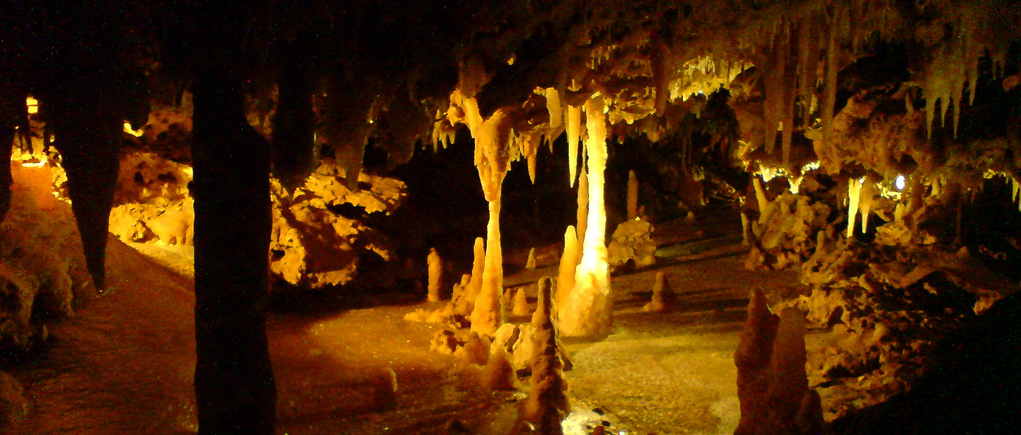New Scientist
Image: matthewvenn
South Africa’s gold mines are crawling with demons, each sporting a whip-like tail and a voracious appetite. Not that the miners are worried. These demons are barely visible to the naked eye.
They are big news for people studying life on Earth, though. “The discovery floored me,” says Tullis Onstott, a geologist at Princeton University, who discovered these nematode worms swimming in the water-filled fissures of the Beatrix gold mine in 2011.
The fact is, complex organisms just shouldn’t be able to live so far beneath the Earth’s surface. The nourishment and oxygen that animals need to survive are in short supply just tens of metres below ground, let alone 1.3 kilometres down. Noting that the worms shunned light like a mythical devil, Onstott’s team named them Halicephalobus mephisto, after Mephistopheles, the personal demon of Dr Faustus.
Travelling even deeper into SouthAfrica’s crust, the team found yet more surprises. On a trek down TauTona, the country’s deepest gold mine, they came across another species of nematode worm at 3.6 kilometres below ground – making it the deepest land animal found to date (Nature, vol 474, p 79).
In some ways, the depths of the Earth’s crust are the final frontier for biologists, who were looking for signs of life on Mars long before they turned their gaze downwards. They didn’t know what they were missing: in these isolated ecosystems lurk organisms that defy many established biological rules. There are microbes that metabolise so slowly they may be millions of years old; bacteria that survive without benefiting from the sun’s energy; and animals that do what no animal should – live their entire lives without oxygen. This strange menagerie might give us insights into where life originated and where it is headed. It may even help our search for life on other worlds. Read more on newscientist.com…








